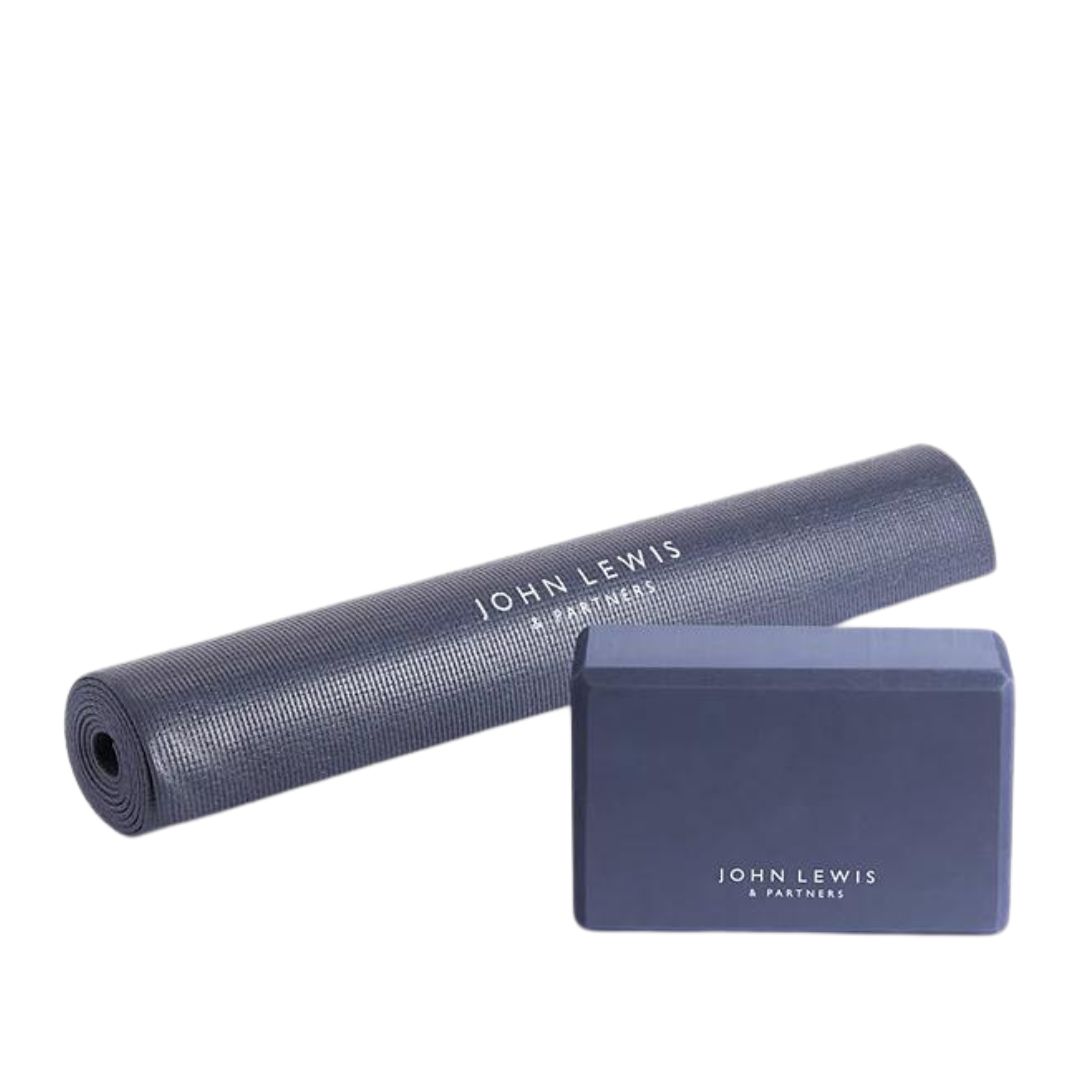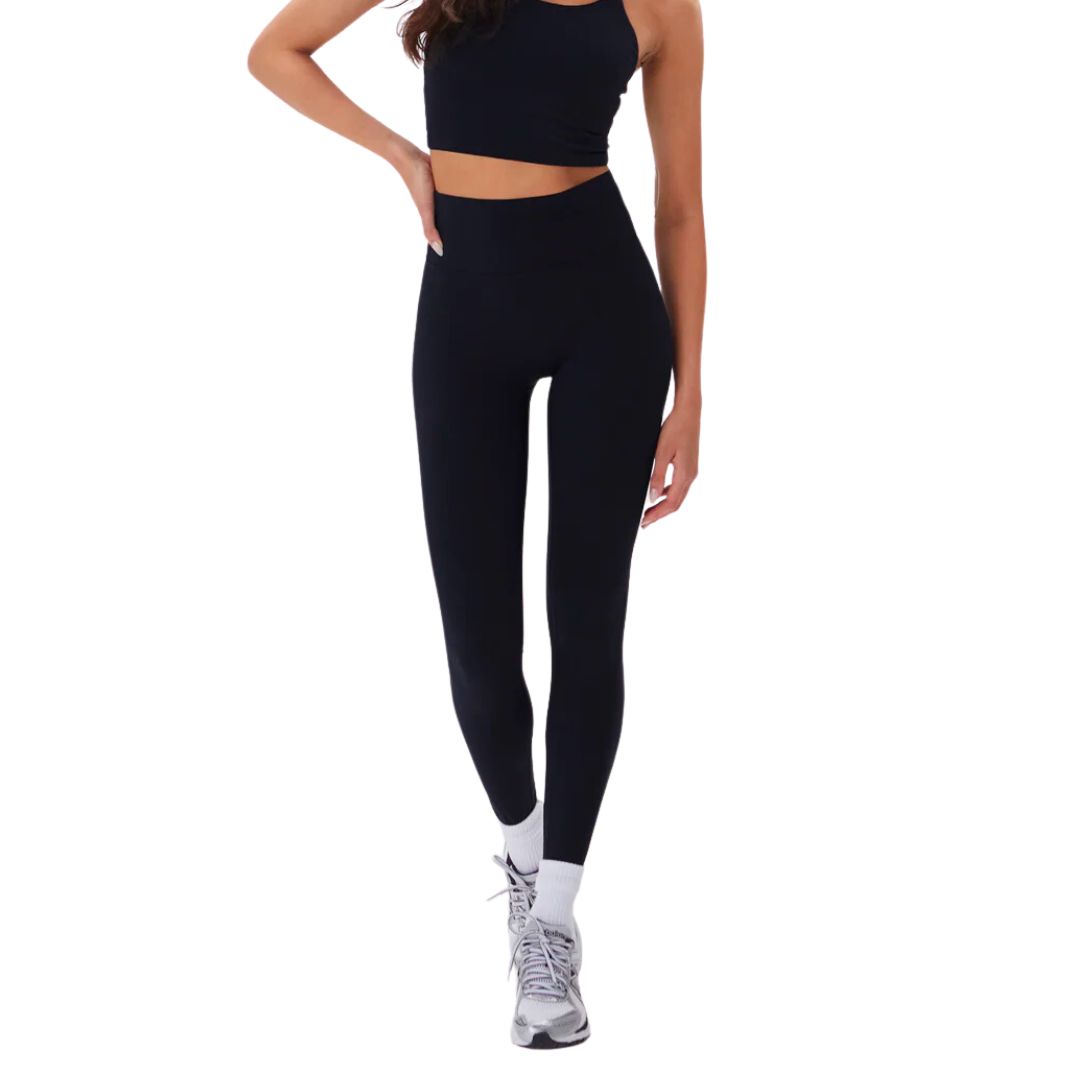Want to make your home workouts more effective? Top trainers share their hacks for levelling up your sessions
Your need-to-knows.
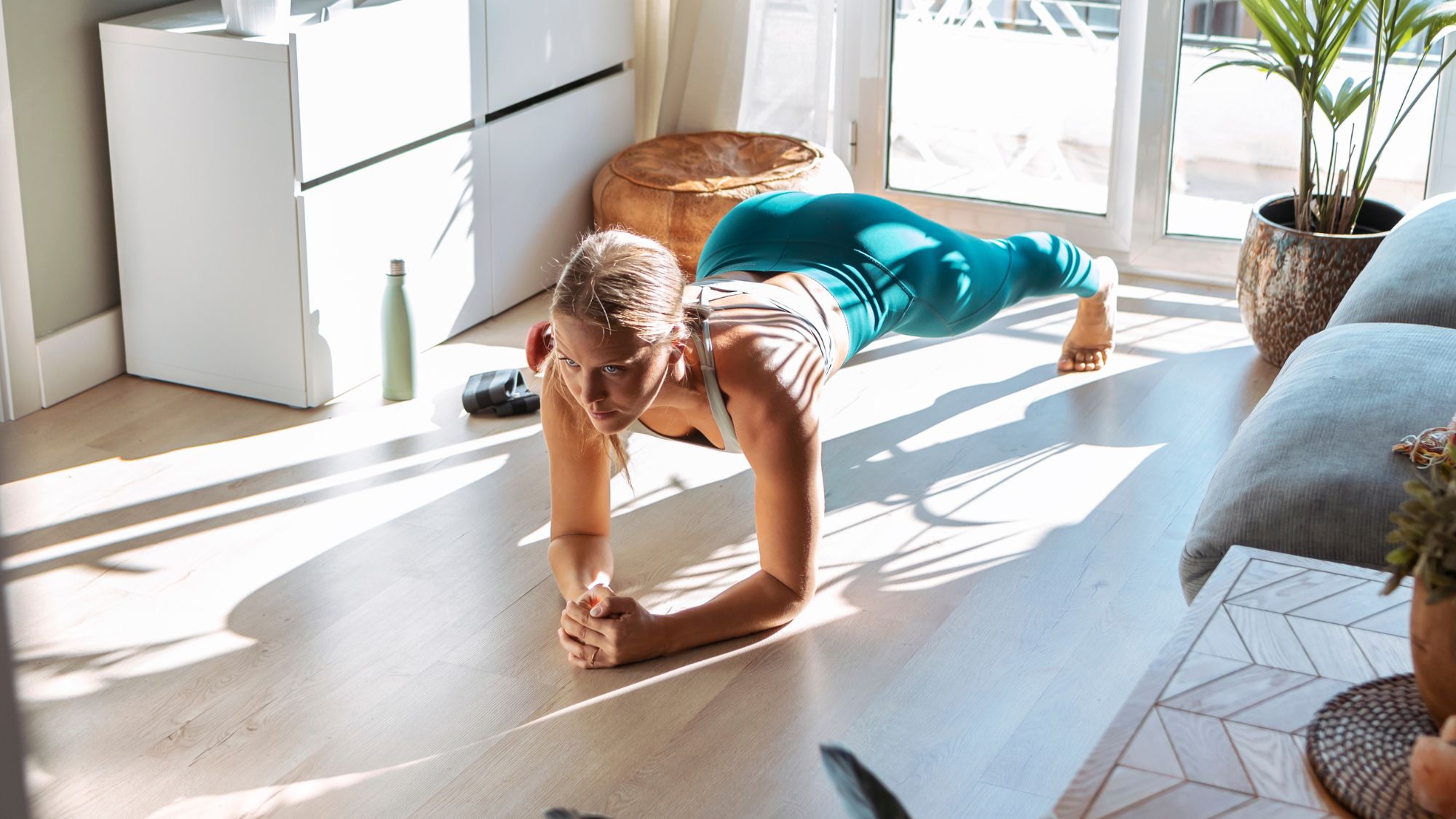

If there’s one good thing to come out of the past few years, it’s that working out from home has become the norm. Anyone who's time-poor or even slightly on the introvert scale (me) can stream their workout of choice at the click of a button. That said, if you've recently hit a plateau and found yourself Googling, "How can I make my home workouts more effective?", then we've got some tips for you.
With great responsibility must come great motivation, see - sadly you're not going to get fitter and stronger lifting the same weights or doing the same spin class week after week. And while it’s tempting to stay well within that comfort zone, you all know that true growth happens when do the opposite and challenge yourself.
There’s no reason that home workouts can’t be just as (if not more) effective than an old-fashioned session in the local gym, but part of any effective exercise regime is knowing when to level up. The best bit? If you're opting to do this from home, you don’t have to spend a single penny to do it. For top tips from industry professionals on how to supercharge your home workout, keep scrolling, as we've asked top experts for their favourite (free!) ways to get more bang for your workout buck, all from the comfort of your living room.
Keen to read more about the benefits of home workouts? Check out our guides to simple home workouts, home workouts for beginners, and 20-minute home workouts, while you're here.
How can I make my home workouts more effective? Your guide
What are the benefits of home workouts?
If you haven’t already experienced the joy of getting your sweat on at home – seriously, where have you been? While most of you associate working out from home with the dark days of lockdowns, there are so many benefits to a living room/office/bedroom workout. Not least, the fact that it’s just so darn convenient. No worrying about whether your athleisure is top-tier, or whether your face goes tomato-red with exertion (same, same). No gym anxiety here, folks.
And then there’s the fact that you can quite literally work your movement around your schedule. Zoom meeting? Do a quick 15-minute HIIT cardio blast before – no need to shower! Home workouts are perfect for those of us with super busy, frenetic lifestyles as you can pretty much always squeeze at least some movement in. Plus, there’s no travel time to and from a class – win, win.
Last but not least – it’s free. Aside from some comfy clothes, you don’t need to shell out a penny on equipment, parking, petrol, or that pricey protein shake that’s so tempting in the café afterwards.
Marie Claire Newsletter
Celebrity news, beauty, fashion advice, and fascinating features, delivered straight to your inbox!
@loldarbyfit ♬ original sound - Lol Darby | Weight loss coach
6 PT-approved ways to level up your home workouts without spending a penny or leaving the house
Ready to take your home workout to the next level? Try these six PT-approved ways to ensure you’re getting the most out of your living room sesh.
1. Don't skip the warm up
First things first: you’ll move better (read: more fluidly and with greater range) if you’re properly warmed up. It’s easy to overlook mobility work when you’re not being forced to do it but it’s a false economy.
“Try to find a few good mobility exercises that suit your body,” advises personal trainer at London Fitness Mamas, Ben Simpkins. “This will not only help improve your posture and increase your range of motion (which will mean you get more bang for your buck when you do your actual workout), but it’s also essential to prevent injury so that you’ll be able to carry on working out from home.”
Plus, the chances are that even if you tell yourself you’re only doing warm up exercises, by the time you’re done, you’ll likely feel motivated to do more.
2. Slow things down
We know – it’s tempting to fly through your workout at breakneck speed so that you can get on with your day. But know this: you’ll be working harder and more effectively if you put the brakes on.
“Slow each rep down rather than just counting them down,” advises personal trainer Tej Patel. “Focus on particularly slowing down the eccentric part of the movement, which is where you’re lengthening the muscle under tension. For example, in a squat, rather than dropping straight into it, count down three to five seconds from the top of the squat to the bottom. Then push through the middle of your feet to come back up, activating the quads in the thighs and glutes. The extra time under tension will provide extra resistance to those muscles, making them work harder.” Got it?
3. Add some load
Sailing through those reps? It’s time to add some load. Not sure how much weight you should start lifting at the gym? While it's different for everyone based on your current fitness levels, know this: the last few reps of any strength-based move should feel hard. Adding weights (or adding more weight) is the simplest way to ramp up the difficulty level – but don’t worry, you can repurpose some good old household items, if you don’t have any weights.
“Anything works when it comes to adding loads to your exercises,” says Patel. “You can try tin cans, water bottles, babies, partners - anything! All of these provide great resistance for your muscles to work with. The harder the muscles have to work, the more the muscle fibres will tear to repair stronger."
Their advice? "Aim to add some load each week if possible.” If you’re not a fan of weights, try using a pair of socks as sliders or an old towel as a resistance band – and just feel how much harder the moves are.
@move.with.margie ♬ Love You So - The King Khan & BBQ Show
4. Try a superset
While a lot of jargon flies around in the fitness world, we can break it down for you. A superset is simply where you’re working different muscles back-to-back – and they’re great for a short, sharp session when time is of the essence.
“If you're short of time but want to work hard, combine bodyweight exercises or resistance strength exercises with a cardio movement in a superset,” recommends Patel. “This might look like ten to twelve slow push-ups, followed by 30 seconds of mountain climbers, or try twelve to fifteen seconds of slow lunges followed by 30 seconds of high knees. Rest for 30 to 60 seconds, then go again until you’ve completed three to four sets in total.”
5. Add some plyometrics
If you’d like to up the intensity of your strength and cardio work, it might be worth giving plyometrics a go. Don’t let the label put you off - if you’re used to working out, the chances are that you’re already familiar with these moves. Essentially, plyometrics add speed and force into movements to build muscle power – think burpees, squat jumps and box jumps.
“Plyometrics such as burpees, squat jumps, press ups with squats and box jumps help improve power and speed which helps build more strength,” says personal trainer Beth Davies. “They also help improve your ability to change direction and improve physical performance and overall fitness by working our hearts hard too.”
Try this: If you’re up for the challenge, try adding a clap into your press up, or a 180-degree turn when squat jumping. These take some skill to perform, but you’ll feel accomplished when you manage it.
6. Don’t forget about progressive overload
Once you’ve found a home workout you enjoy and you’re confident with your technique and form, it’s important to keep mixing things up. That's where progressive overload - a term used to describe making your sessions more challenging week on week and, in turn, continuing to improve your strength and fitness levels.
Variety is the spice of life, and certainly when it comes to fitness, switching things up is key. But there’s good news: it doesn’t have to be complicated.
“Think about adjusting just one of the variables of your workout,” suggests fitness trainer Eloise Skinner. “Look at changing intensity, speed, complexity or duration. For example, could you make your workout more intense (more reps, more advanced movements), faster, more complex (more technical movements, or a focus on your form) or longer-lasting? The possibilities are endless.”
Don’t forget though – the most effective workout is the one you actually do. However you tweak your home workout, just make sure it’s fun.
Shop MC UK's go-to workout kit now:
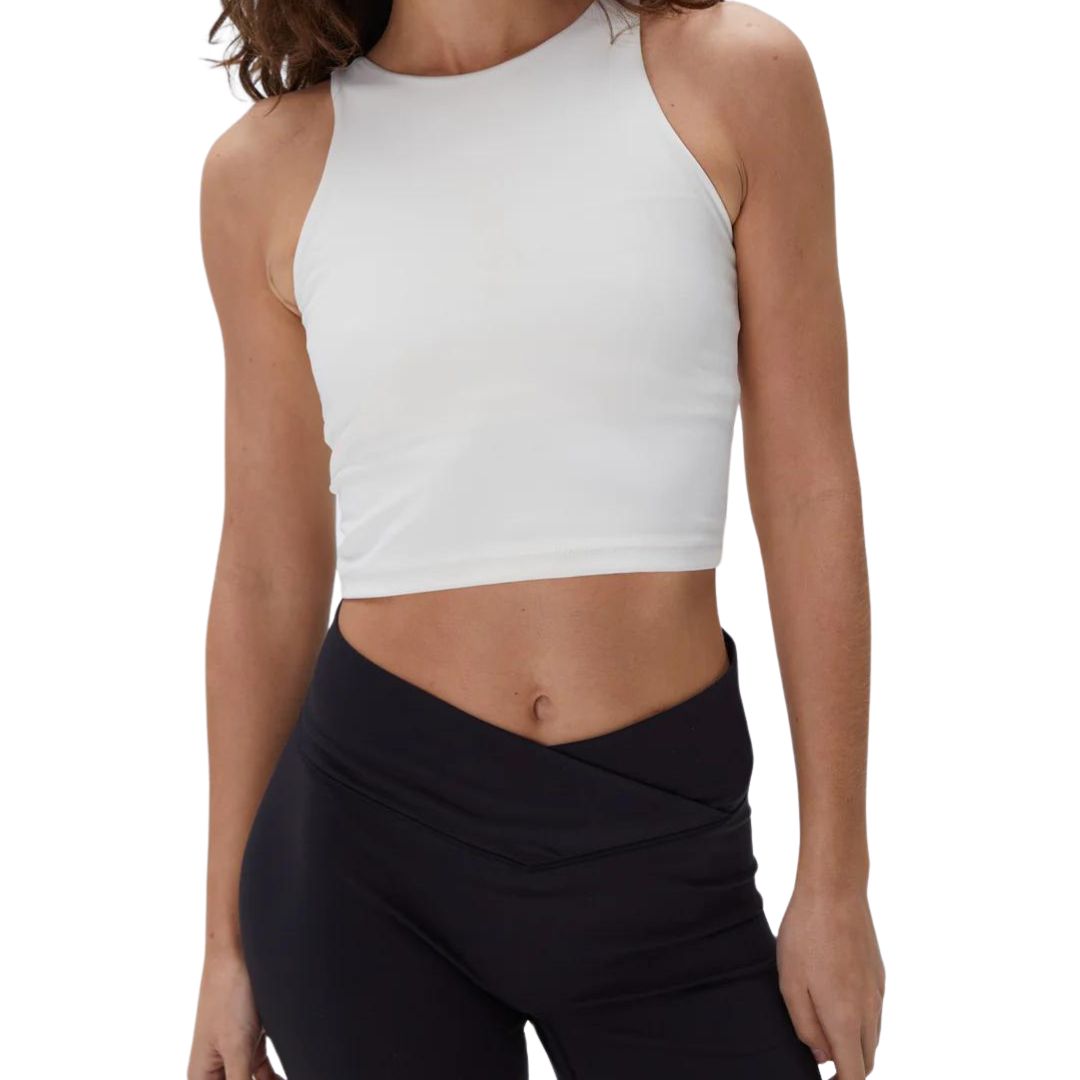
Effortlessly easy to wear, this longline tank from Adanola will quickly become a staple in your workout gear rotation.

Anna Bartter is a freelance journalist who writes about health, fitness and women's lifestyle for publications including Stylist, Metro and Psychologies, among others.
She's always on a quest to find a variety of fun and functional workouts that give you the most bang for your workout buck and she's passionate about championing movement for everyone's mental and physical wellbeing.
-
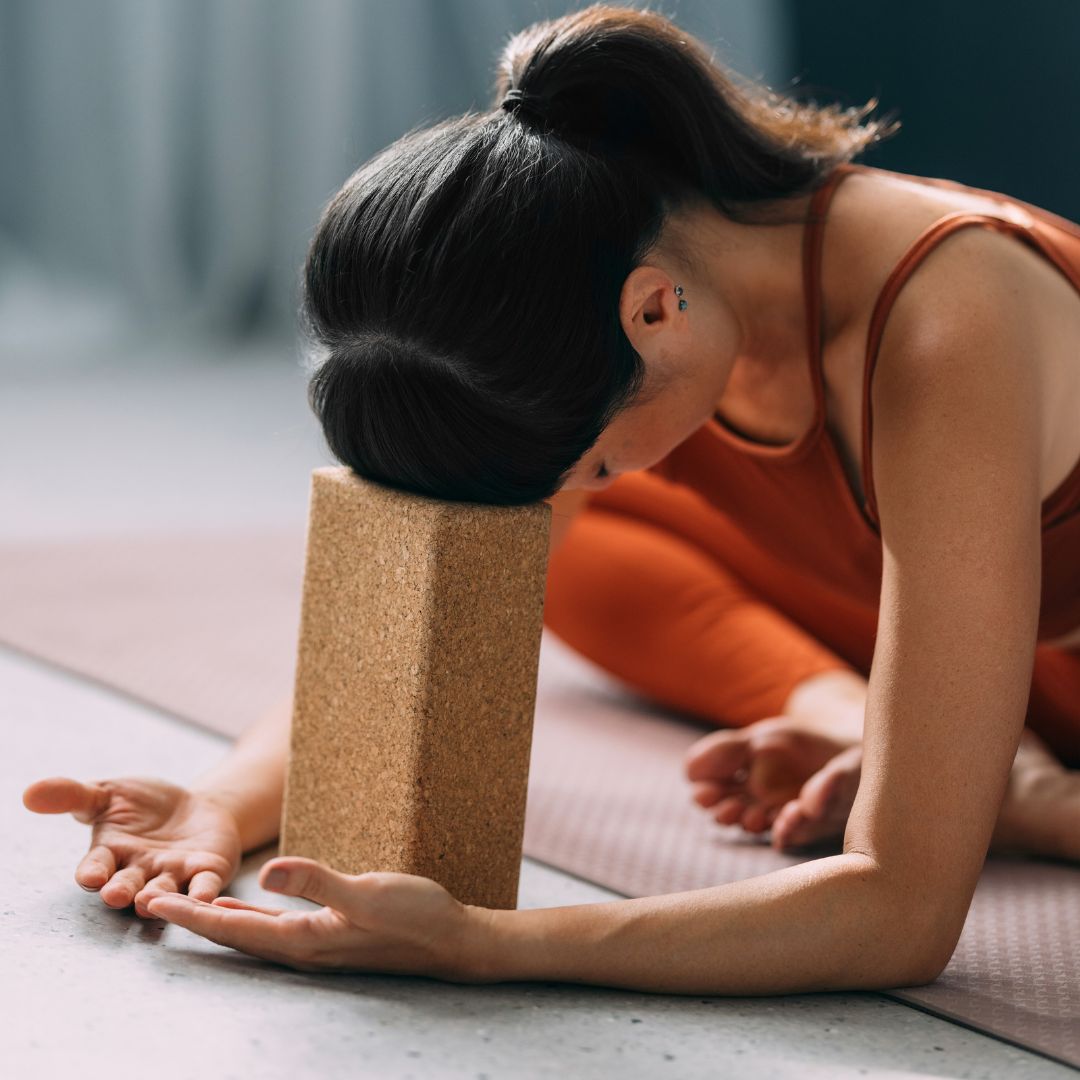 Short on time but keen to boost body and mind? Top experts share their go-to 10-minute yoga flows
Short on time but keen to boost body and mind? Top experts share their go-to 10-minute yoga flowsGuaranteed to make you feel grounded.
By Ashleigh Spiliopoulou
-
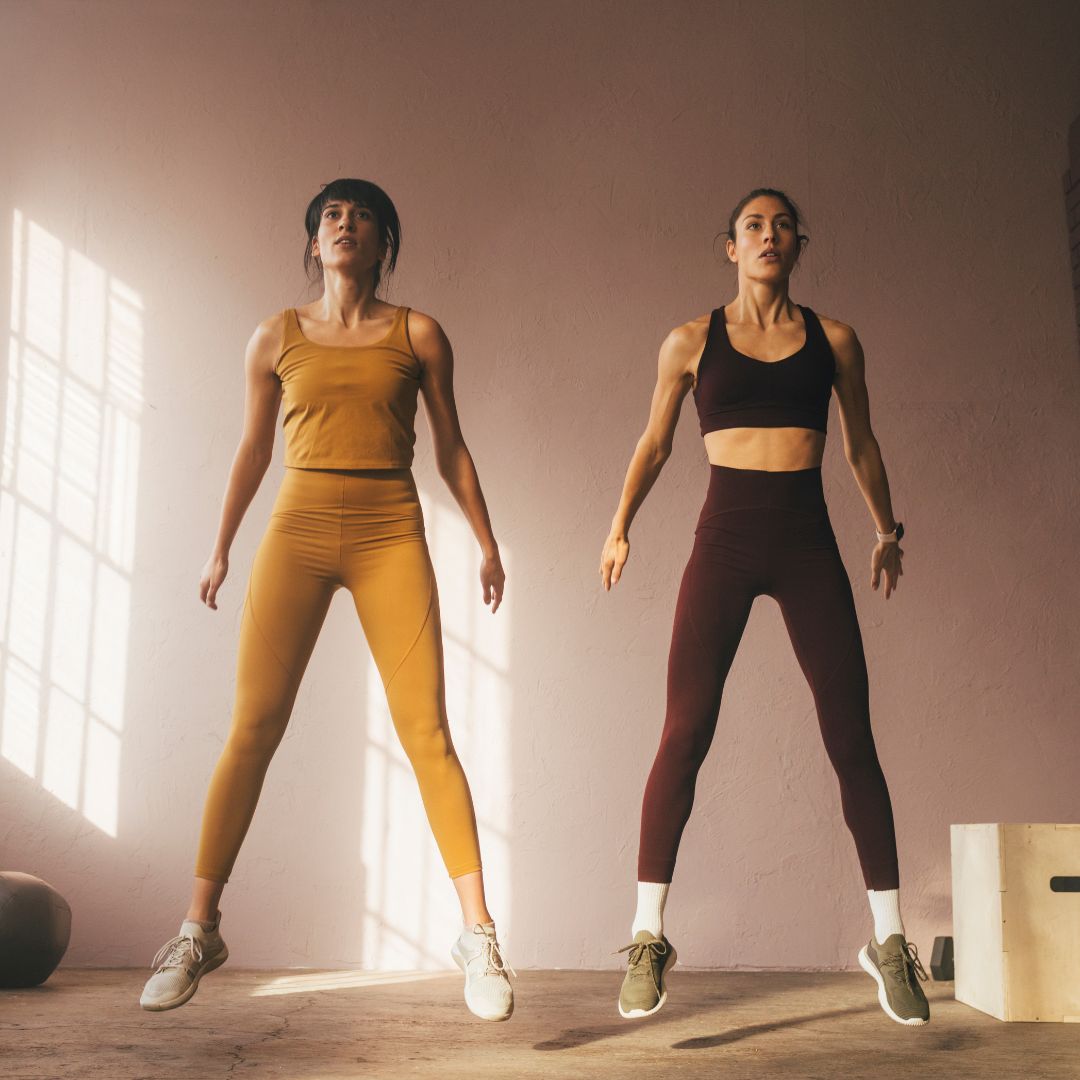 Jump training workouts are being hailed as the best longevity workout you can do - a top personal trainer shares their guide
Jump training workouts are being hailed as the best longevity workout you can do - a top personal trainer shares their guideJump to it...
By Katie Sims
-
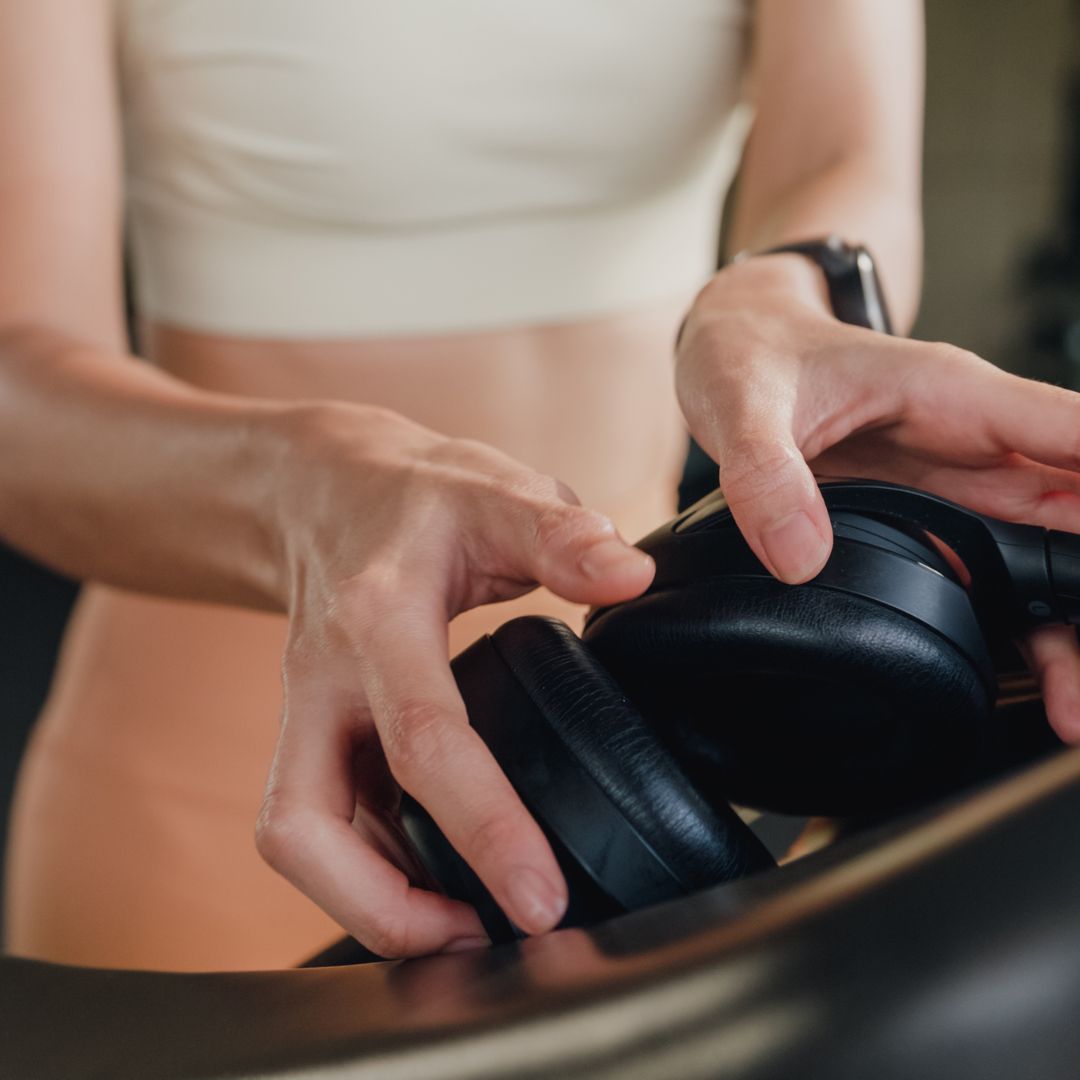 It's the must-have bit of fit kit of the year - a fitness expert shares their 5 top tips for choosing a walking pad
It's the must-have bit of fit kit of the year - a fitness expert shares their 5 top tips for choosing a walking padThis year's fitness must-buy.
By Katie Sims
-
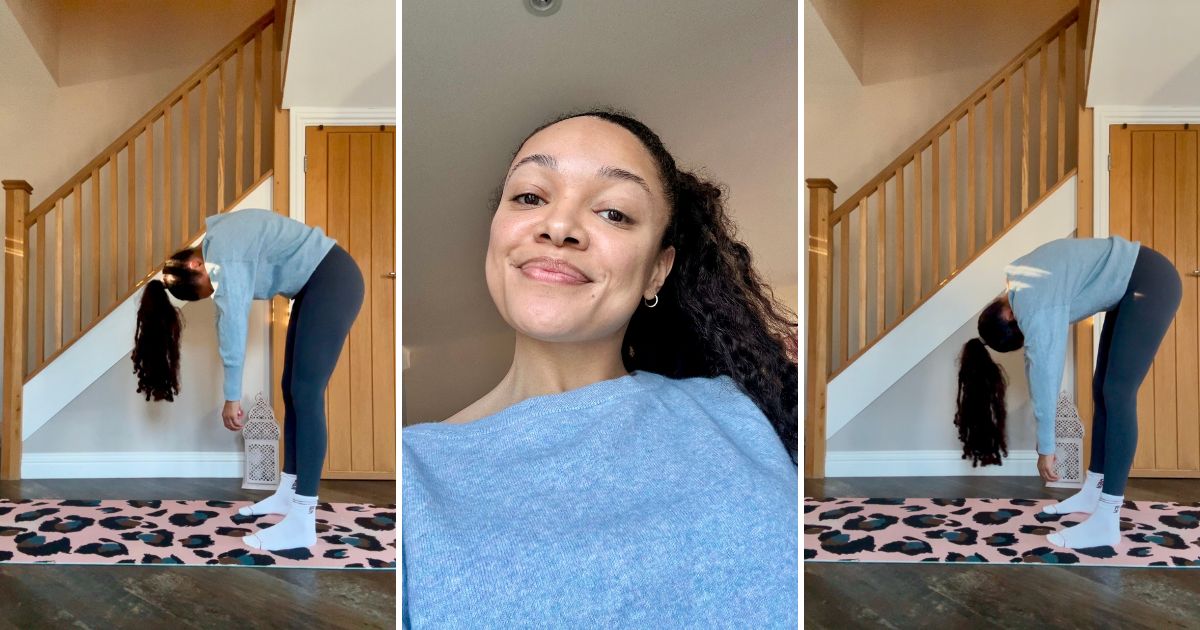 I tried Pilates roll-downs every day for a week - and was amazed at how quickly it eased years of stiffness
I tried Pilates roll-downs every day for a week - and was amazed at how quickly it eased years of stiffnessConsider my spine more mobile than before.
By Rebecca Shepherd
-
 Spring has finally sprung - 6 best outdoor workouts that are totally free and boost both body and mind
Spring has finally sprung - 6 best outdoor workouts that are totally free and boost both body and mindSoak in the nature and boost Vitamin D *and* endorphins.
By Anna Bartter
-
 Fan of low-impact sessions? These are officially the 7 best Pilates apps for boosting strength, tone and mood
Fan of low-impact sessions? These are officially the 7 best Pilates apps for boosting strength, tone and moodYou can thank us later.
By Katie Sims
-
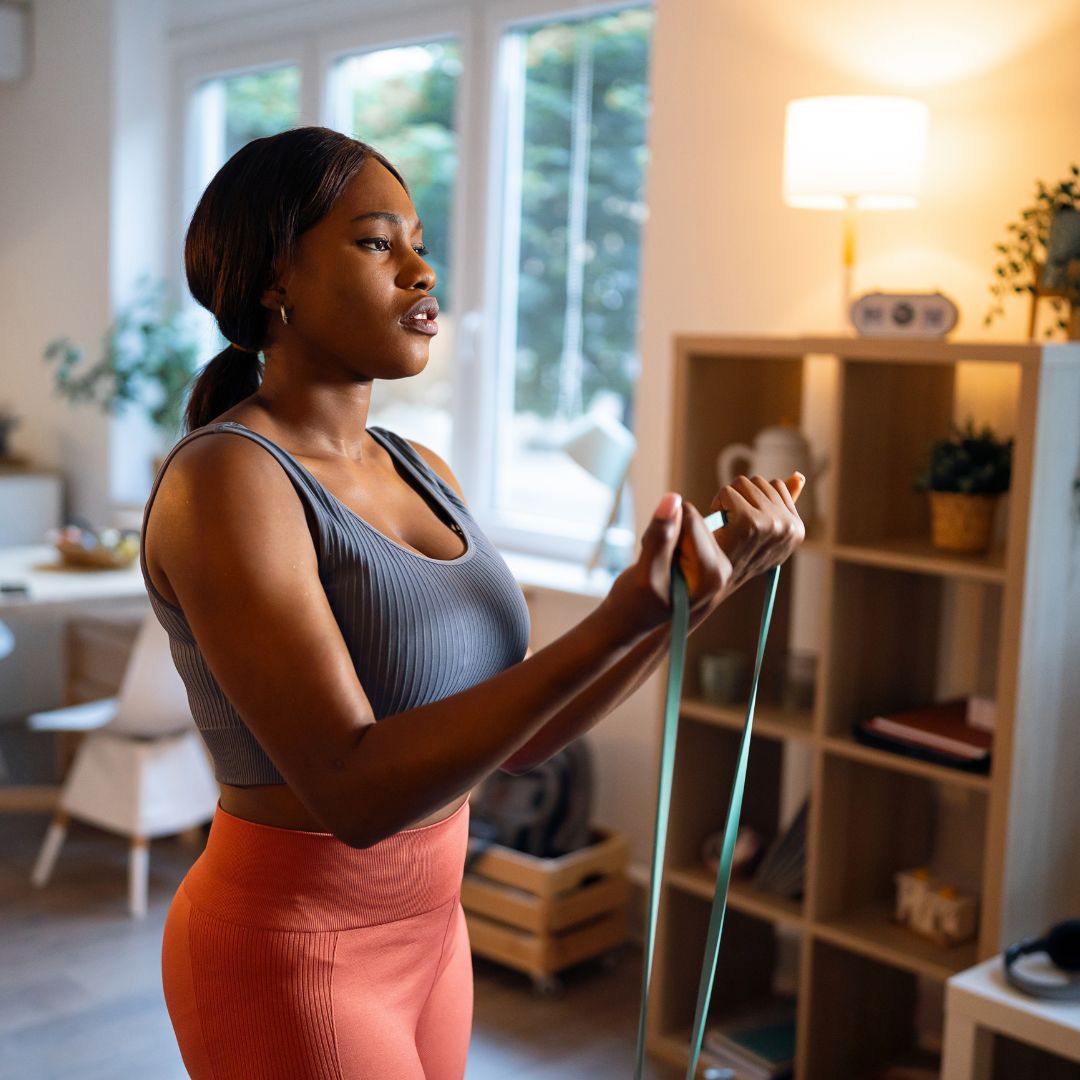 Eager to get strong from home? 6 advanced resistance band full body workouts that'll boost tone, balance and flexibility
Eager to get strong from home? 6 advanced resistance band full body workouts that'll boost tone, balance and flexibilityYes, you can get strong without weights.
By Anna Bartter
-
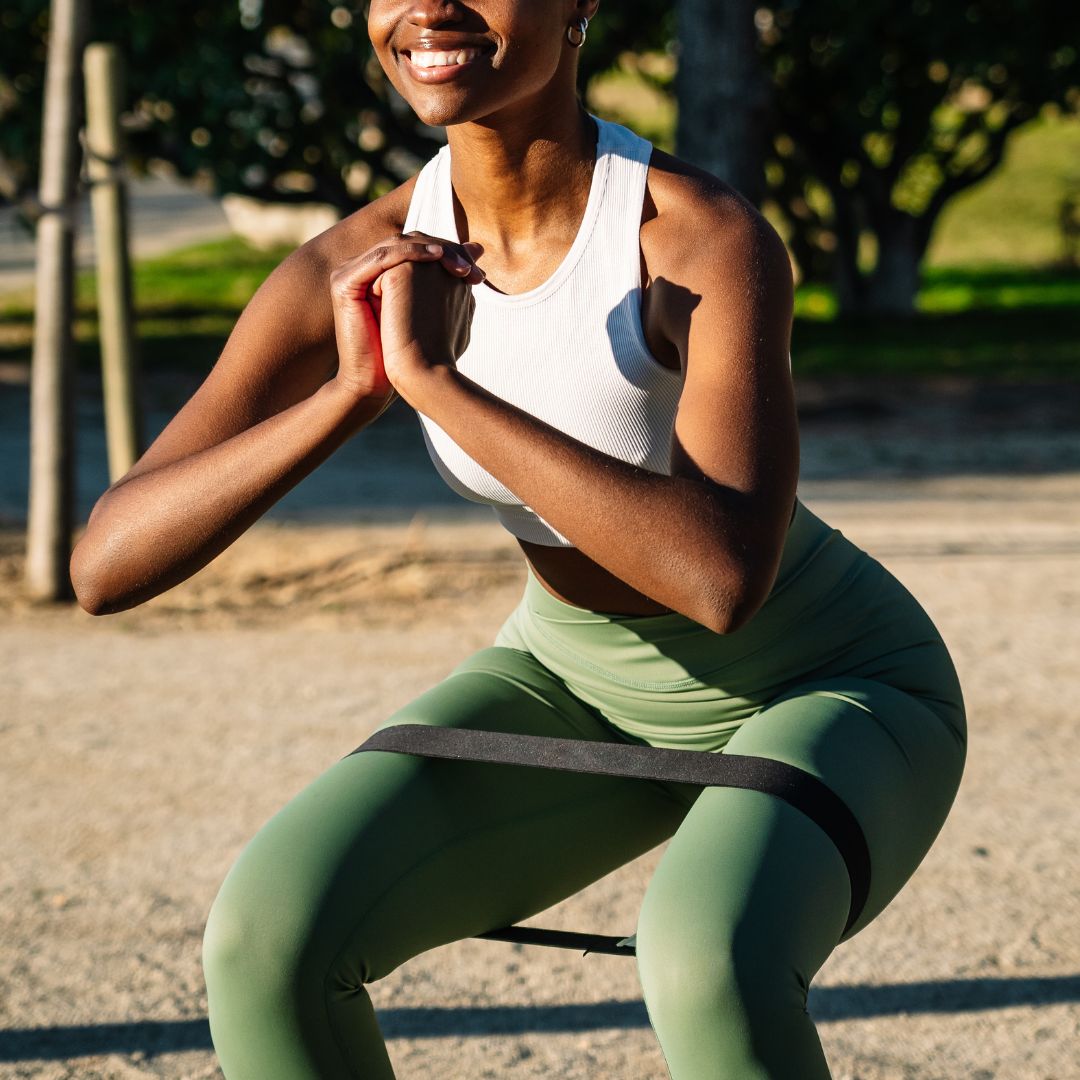 Loving your home workouts this year? 5 best YouTube resistance band workouts that are free *and* effective
Loving your home workouts this year? 5 best YouTube resistance band workouts that are free *and* effectiveSave these for later.
By Anna Bartter
